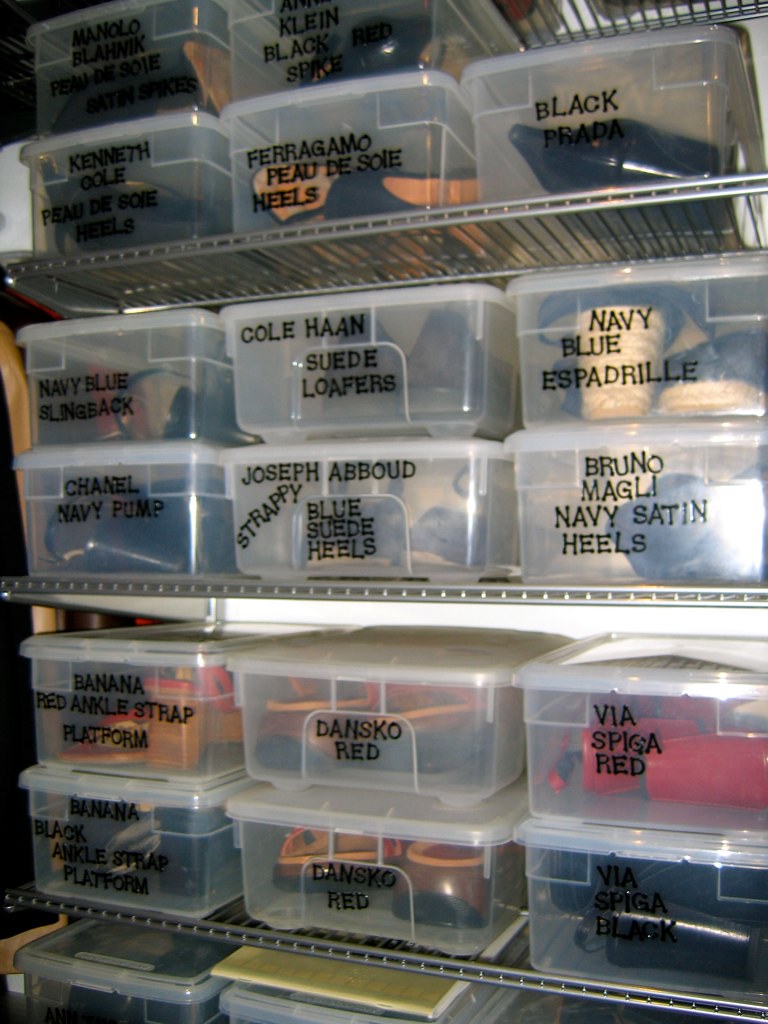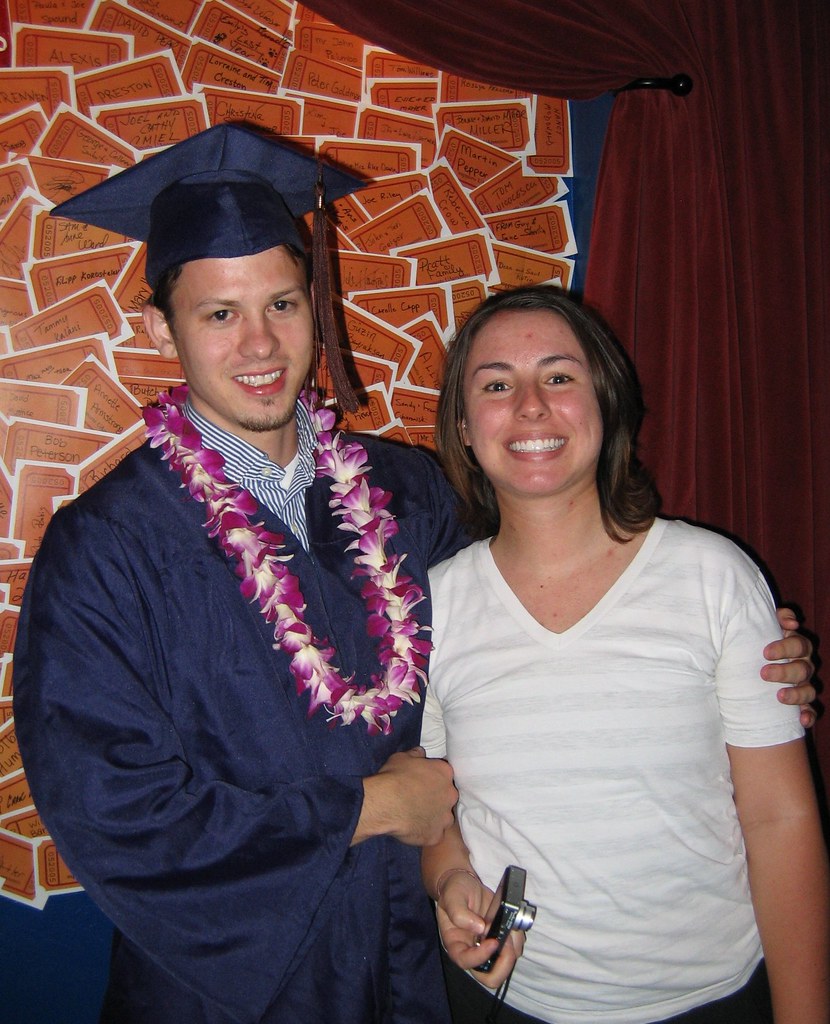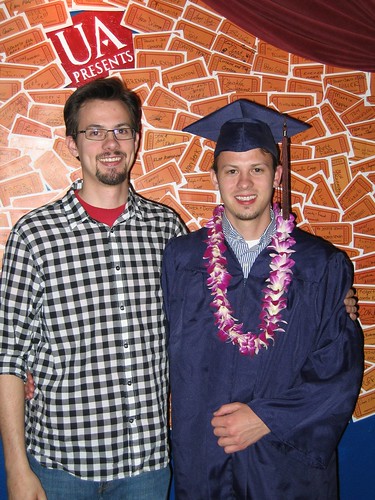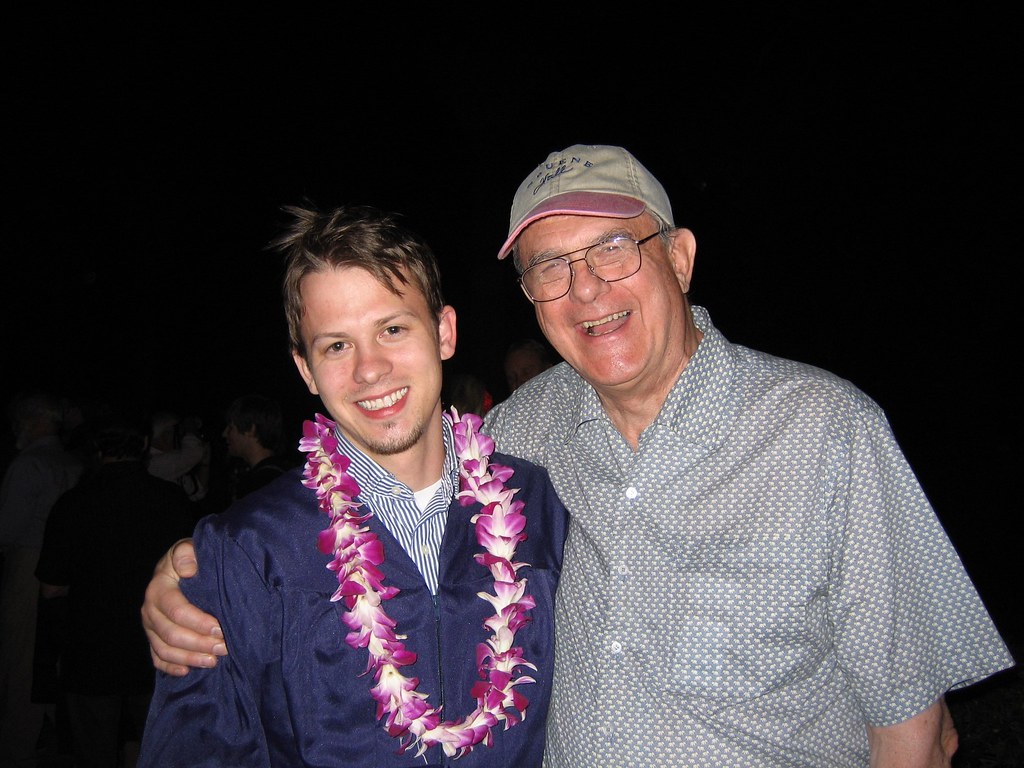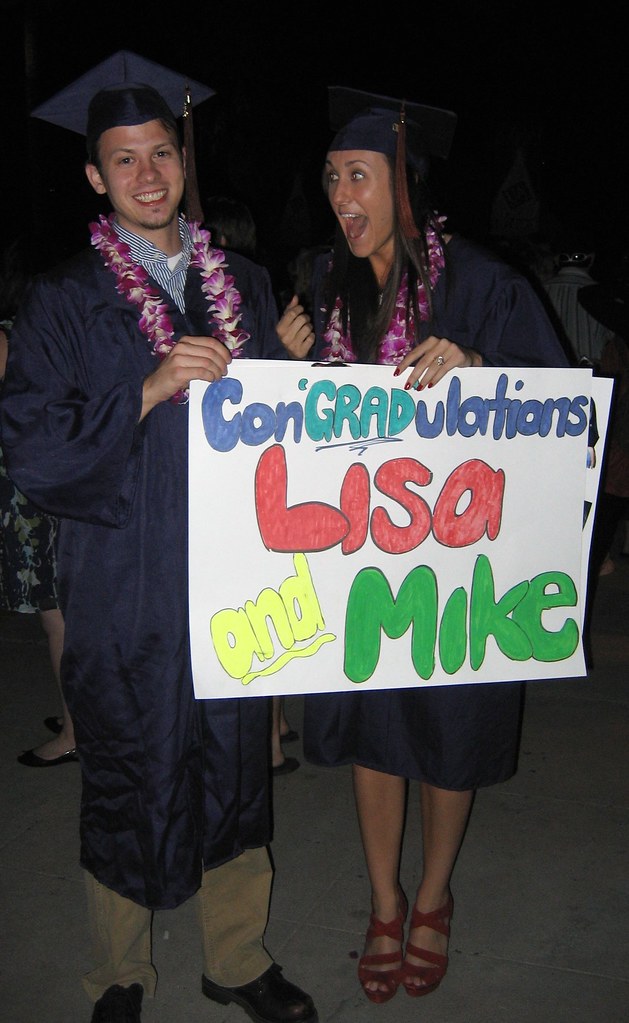
Did Imelda Marcos start like this? I do love shoes.
Summer skirts...the long and the short of it...
Still, it feels good to finally have my closet organized again. After the fire, I thought I'd gotten pretty good at paring down and discarding what I don't need, and I think for the most part that's true, but going through my closet and the armoire in my bedroom, both of which were filled with clothes, I felt like I was just this side of becoming a hoarder, a truly frightening idea. However, with an empty armoire and an organized closet, I think I can safely say that there's no danger of that in my immediate future, thank goodness!
I've posted some big pics because I'm pleased with the result. The closet didn't always look like this. When we bought the house, this closet was nice and big but it had a single, sagging, pressboard shelf on 3 walls with a wooden clothes rod suspended beneath it. There were also two truly awful built-ins that managed to waste almost as much space as they occupied. After the fire I gutted this closet, painted it, and designed the new one, using Elfa shelving from The Container Store. Closet Maid makes excellent knock-offs of this shelving sold for a fraction of the cost at Home Depot, but I wanted several features that were unique to Elfa so in this closet I used Elfa.
I hung it all myself. It's very easy to do. You simply locate the studs, attach the top track, (a horizontal metal piece - make sure it's level) to the studs, and then just slide the hanging standards (vertical support pieces) onto the lip on the bottom of the top track. Attach the shelf brackets where ever you want a shelf. You can vary the depth of the shelves you're using, and although I like the ventilated shelving for a lot of reasons, Elfa now makes solid shelving too. You can have the shelving cut to size, or you can buy long pieces and cut them yourself (I've done both). I'm pleased with the end result, if I do say so myself.
Post Script: Goodwill Industries is probably pleased too. After initially posting this, I dropped off a full carload of discards.
